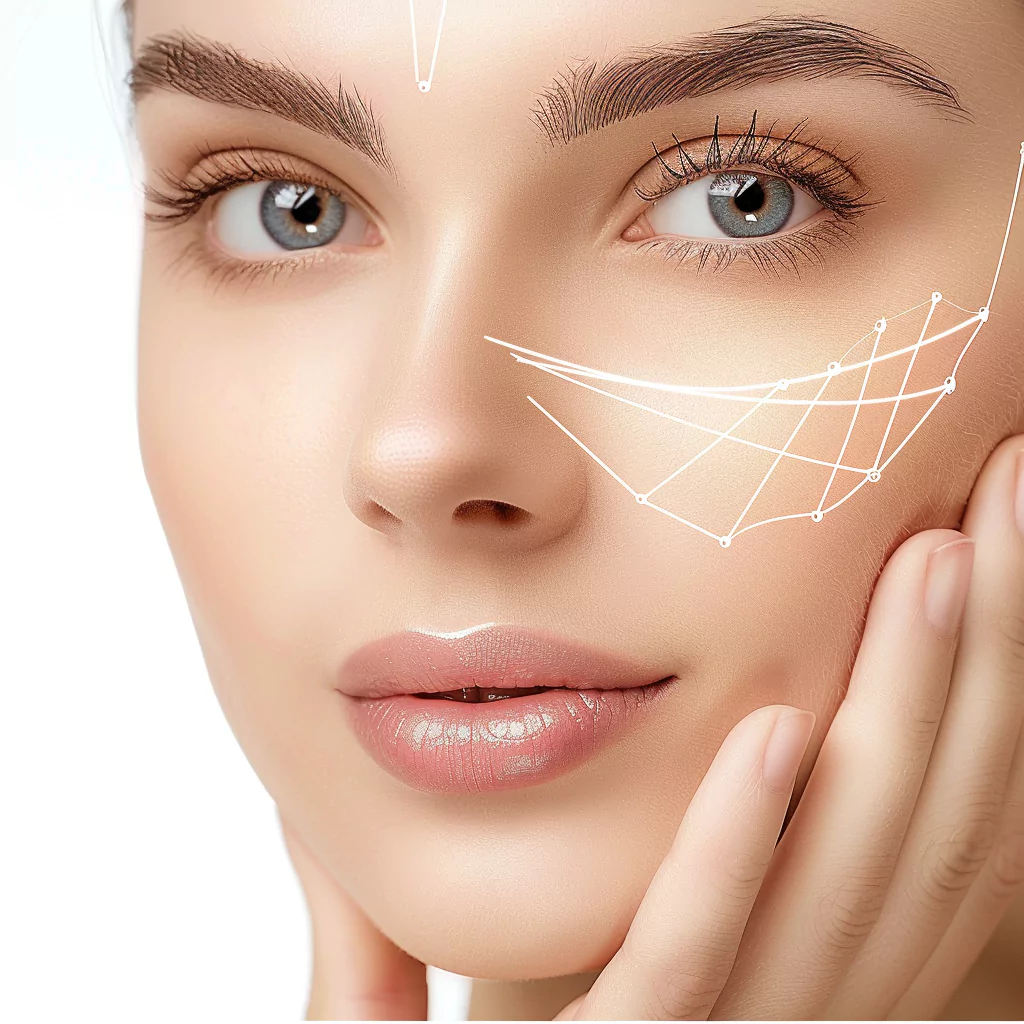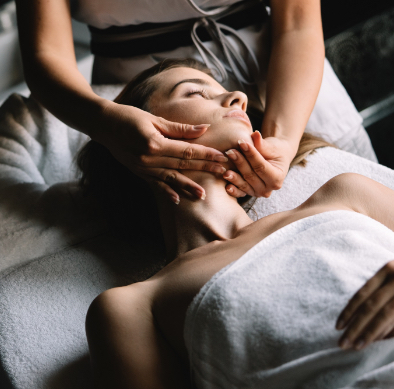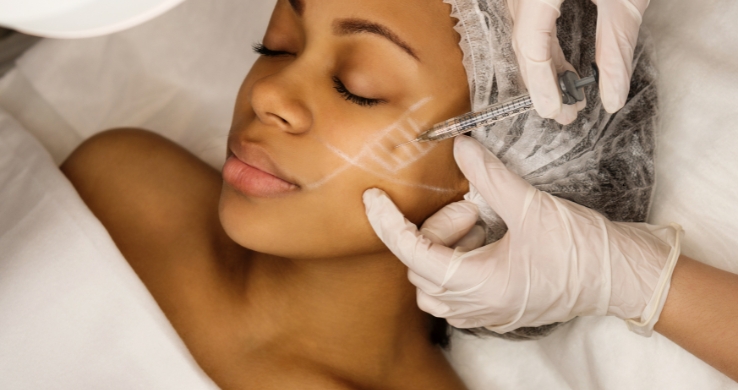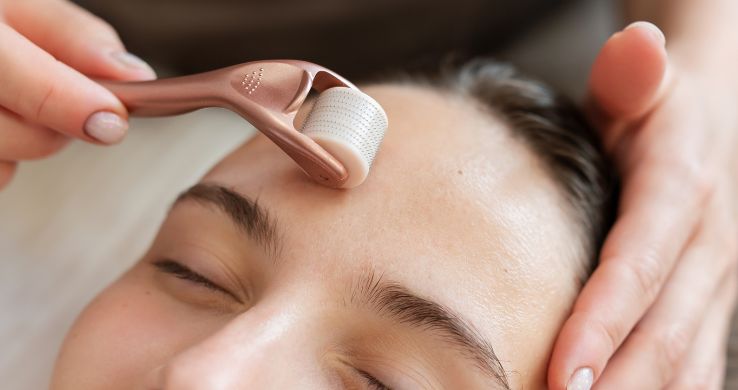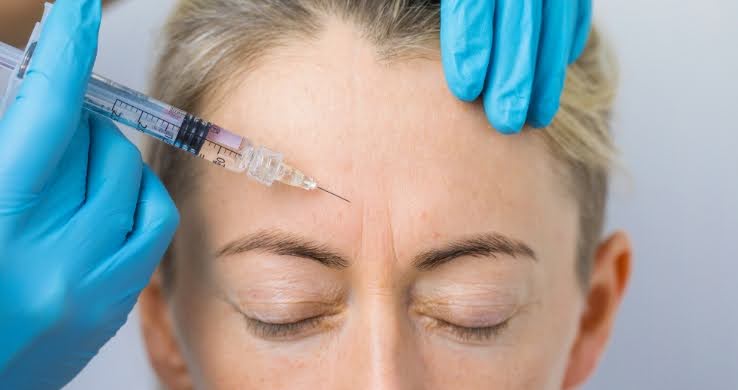In recent years, non-surgical facial rejuvenation procedures have been growing in popularity, and among them, Mono Threads and PDO Thread Lifting have emerged as effective options. These procedures offer individuals a non-invasive way to achieve a more youthful and refreshed appearance, without the need for surgery.
In this blog, we aim to provide comprehensive information about Mono Threads and PDO Thread Lifting, addressing the top 10 questions that patients commonly have. Whether you’re curious about the process, the results, or the potential risks involved, we have you covered. Read on to find answers to your most pressing questions.
Top 10 Questions About Mono and PDO Thread Lifting
What are Mono Threads?
Mono Threads are absorbable sutures made of polydioxanone (PDO) material. They are inserted into the skin to stimulate collagen production and promote skin tightening. Unlike traditional sutures, Mono Threads do not require knotting, as they have a unique design that creates an anchoring effect (1). Once inserted, these threads dissolve gradually over time, leaving behind new collagen fibers that contribute to lasting skin tightening effects.
Mono Threads are commonly used to address fine lines, wrinkles, and sagging skin, particularly in areas such as the face and neck. They can also be used on other parts of the body, such as the arms, thighs, and abdomen. The procedure itself is minimally invasive, with no downtime required for recovery. Patients can resume their usual activities shortly after the procedure, although mild swelling or redness may occur.
What is PDO Thread Lifting?
PDO Thread Lifting is a non-surgical facelift procedure that involves the insertion of PDO threads into the skin. These threads create a lifting effect, improving the appearance of sagging skin and providing a more youthful contour. The PDO threads used during the treatment are also designed to stimulate collagen production, further contributing to skin rejuvenation.
PDO Thread Lifting is a versatile treatment that can be used on various areas of the face and body, including the jawline, cheeks, and neck. The procedure has gained popularity in recent years due to its effectiveness and non-invasive nature. Similar to Mono Threads, PDO Thread Lifting requires no downtime for recovery, and patients can resume their usual activities shortly after the procedure.
How are Mono Threads and PDO Thread Lifting different?
While both Mono Threads and PDO Thread Lifting utilize PDO material, there is a distinction between the two procedures. Mono Threads are single threads inserted into the skin, whereas PDO Thread Lifting involves placing a network of threads that provide a more extensive lifting effect (2).
Mono Threads are primarily used for skin tightening and collagen stimulation in targeted areas. The procedure involves inserting single threads into the skin, which then dissolve gradually over several months. PDO Thread Lifting, on the other hand, utilizes a matrix of threads, or a “mesh,” that creates a lifting effect throughout the treated area. The threads used during PDO Thread Lifting dissolve over time, just like Mono Threads, promoting collagen production and long-lasting results.
Who is the ideal candidate for Mono Threads and PDO Thread Lifting?
The ideal candidates for Mono Threads and PDO Thread Lifting are individuals who have mild to moderate skin laxity and desire a non-surgical solution. The procedures can be customized to suit various skin types and ages, although it is crucial to consult with a qualified practitioner to determine if you’re a suitable candidate.
These procedures are not recommended for patients who are pregnant, breastfeeding, or managing conditions like autoimmune or blood disorders, ensuring their safety and well-being. It’s essential to disclose your full medical history to the practitioner before treatment to ensure it is safe and appropriate for you.
What results can patients expect from Mono Threads and PDO Thread Lifting?
The results of Mono Threads and PDO Thread Lifting vary depending on individual factors. Generally, patients can expect to see noticeable skin tightening and improved texture in the treated areas. Fine lines and wrinkles are reduced, and the skin appears more youthful and lifted.
The effects of Mono Threads last between six months to one year, depending on the number of threads used and the area treated. PDO Thread Lifting results can last up to two years in some cases, with maintenance treatments recommended to sustain the effects.
How long do the results of Mono Threads and PDO Thread Lifting last?
The longevity of results for Mono Threads and PDO Thread Lifting varies from patient to patient. Several factors such as age, skin condition, and lifestyle habits contribute to the lasting effects of these procedures (3).
To extend the benefits of Mono Threads and PDO Thread Lifting, maintenance treatments are recommended as part of a long-term plan. The practitioner may recommend a schedule of treatments to maximize the benefits for patients.
What is the treatment process like for Mono Threads and PDO Thread Lifting?
The treatment process for Mono Threads and PDO Thread Lifting begins with a consultation with a qualified practitioner. During the consultation, the practitioner will evaluate your skin, discuss the procedure in detail, and answer any questions you may have.
On the day of the procedure, the practitioner will apply a topical anesthesia to the targeted area to ensure patient comfort. The threads are inserted using a thin needle, and depending on the extent of the treatment, the procedure may take between 30 to 60 minutes to complete. After the procedure, patients can typically resume their usual activities almost immediately, although mild swelling or redness may occur.
What is the recovery process like for Mono Threads and PDO Thread Lifting?
After the procedure, patients may experience mild swelling, bruising, or soreness, but these side effects typically resolve within a few days to a week. Specific aftercare instructions will be provided by the practitioner, including avoiding direct sunlight, strenuous exercise, and massaging the treated area.
It’s crucial to follow these instructions to ensure proper healing and minimize any risks or complications (4). Over time, as the threads dissolve and the skin’s healing process occurs, the results become more apparent, with smoother, tighter, and more youthful-looking skin.
Are there any potential risks or complications associated with Mono Threads and PDO Thread Lifting?
As with any aesthetic procedure, there are potential risks and complications, although they are generally rare. otential side effects may include infection, thread movement, or minor skin irregularities. To mitigate these risks, it is crucial to choose a qualified and experienced practitioner who follows strict safety protocols.
During the consultation, the practitioner will discuss the potential risks and complications associated with the procedure and how to manage them. By following the aftercare instructions and attending any follow-up appointments, patients can minimize any risks or complications that may arise.
How can I find a qualified practitioner for Mono Threads and PDO Thread Lifting?
Finding a qualified practitioner for Mono Threads and PDO Thread Lifting is essential for optimal results and safety. It’s crucial to conduct research and look for a practitioner with a proven track record and certification in performing these procedures (5).
Reviews and testimonials from previous patients can also provide valuable insights and help you make an informed decision. Effortlessway Aesthetics & Spa is a destination for achieving aesthetic goals with confidence. Our team of experienced professionals is dedicated to helping you achieve your desired outcome using the most advanced methods and techniques.
Effortlessway Aesthetic Serving the Midtown Manhattan Community and Beyond in New York City
Effortlessway Aesthetic is dedicated to serving the diverse needs of the local community of New York city, including individuals residing in neighborhoods like Midtown Manhattan. With its convenient location near landmarks such as Central Park and major intersections like Fifth Avenue and East 57th Street (coordinates: 40.762946, -73.973140), we offer medical spa services.
Get PDO Thread Lifting Service at Midtown Manhattan Now
Conclusion
Mono Threads and PDO Thread Lifting offer a non-surgical approach to facial rejuvenation, providing noticeable results for those looking to improve their appearance. By addressing the top 10 questions patients commonly have, we hope to have provided you with valuable insights into these procedures.
If you are considering Mono Threads or PDO Thread Lifting, take the next step by consulting with a qualified practitioner to determine if these treatments are right for you. Remember, your safety and satisfaction should always be the top priority on your aesthetic journey. At Effortlessway Aesthetics & Spa, our team of experienced professionals is dedicated to helping you achieve your aesthetic goals with confidence. Contact us today to schedule a consultation and take the first step towards a more youthful and rejuvenated appearance.
References
- Kim B, Oh S, Jung W, Kim B, Oh S, Jung W. Technique Using a Mono-thread. The Art and Science of Thread Lifting: Based on Pinch Anatomy. 2019:103-8.
- Hügül H, Özkoca D, Kutlubay Z. Thread lifting: Does patient satisfaction change according to age, type of threads used, number of threads used and treatment area?. Journal of Cosmetic Dermatology. 2022 May;21(5):1936-9.
- Agarwal M. Thread Lift. Aesthetic Dermatology: Current Perspectives. 2018 Dec 31.
- Lewandowska K, Staniszewska I, Baran M, Turczynowicz M, Retman P. Complications after polydioxanone threads (PDO) for facial lifting-a literature review. Journal of Education, Health and Sport. 2024 Apr 19;66:50072-.
- Kim B, Oh S, Jung W. The art and science of thread lifting. Springer Singapore; 2019.

